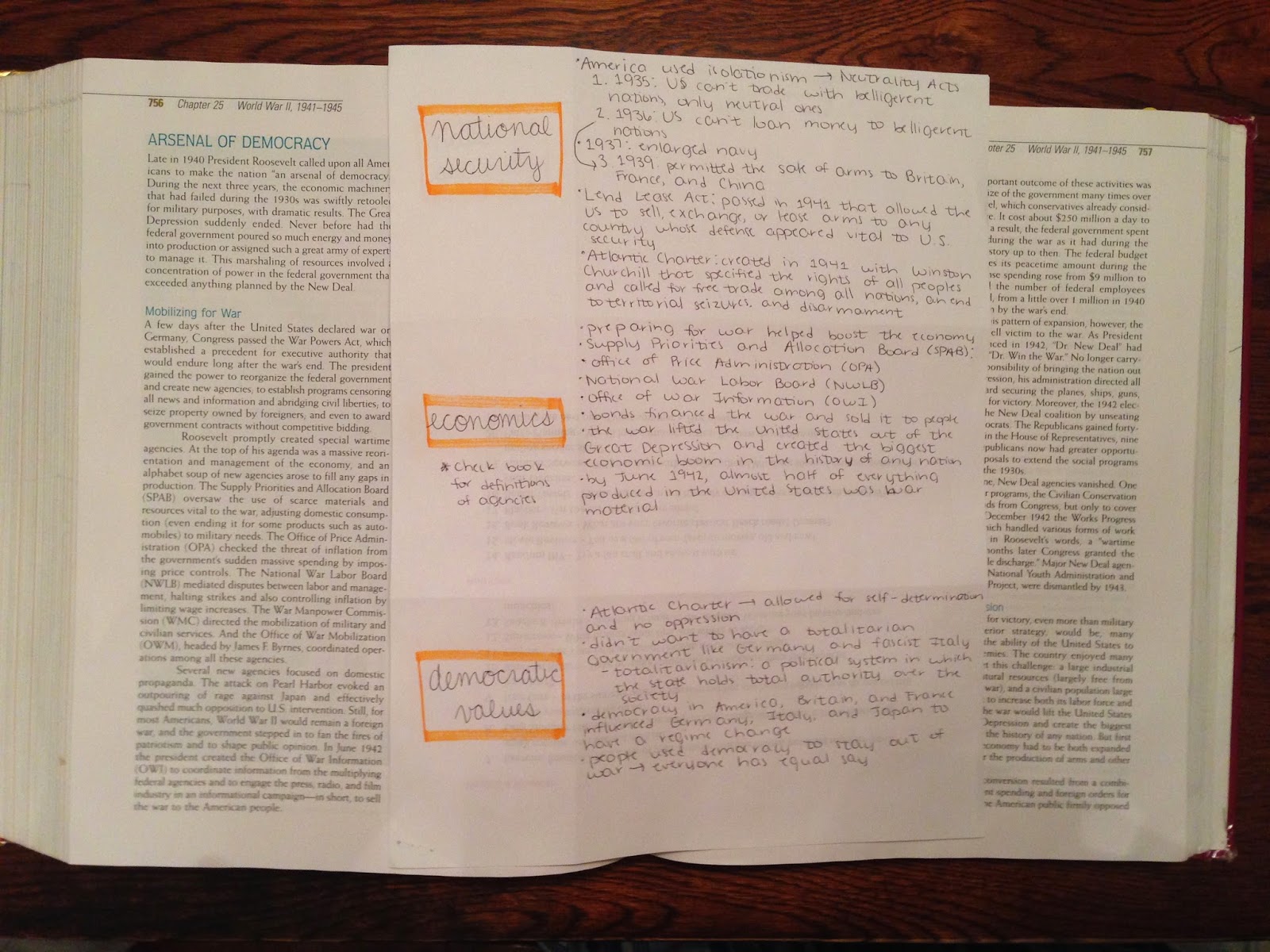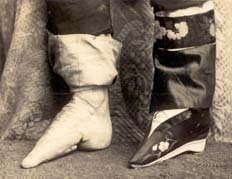Device Driver Development: The Ultimate Guide For Embedded.
Instructions. Step 1: Generate the KMDF driver code by using the Visual Studio Professional 2019 USB driver template. For instructions about generating KMDF. Step 2: Modify the INF file to add information about your device. Step 3: Build the USB client driver code. Step 4: Configure a computer.Device driver functions are typically grouped into initialization functions, configuration functions, runtime control functions, and sometimes also shutdown functions. Device drivers are heavily device dependent and read and write bits and bitmasks into bit fields of Special Function Registers (SFR’s).You don't need to write a full driver, a standalone program that can do a couple of things by using low-level magic will do. The other trail you can follow is to concentrate on the driver-ness and create a real driver for a non-hardware device, like a virtual disk drive. You can then put the two together.
Device drivers are typically written in C, using the Driver Development Kit (DDK). There are functional and object-oriented ways to program drivers, depending on the language chosen to write in. It is generally not possible to program a driver in Visual Basic or other high-level languages.Writing Linux USB device drivers is not a difficult task as the usb-skeleton driver shows. This driver, combined with the other current USB drivers, should provide enough examples to help a beginning author create a working driver in a minimal amount of time.

How to Write USB Device Driver Level of difficulty: Difficult Since the Microsoft Windows Operating System platform remains as the most widely implemented computer environment around the world, majority of USB-based devices are released into the computer market with accompanying device drivers that allow them to be readily used in Windows-based machines.












